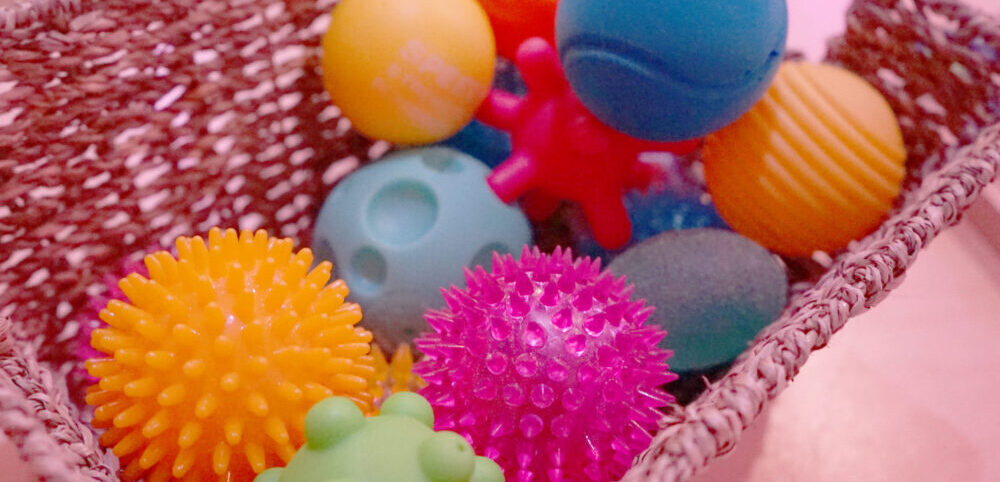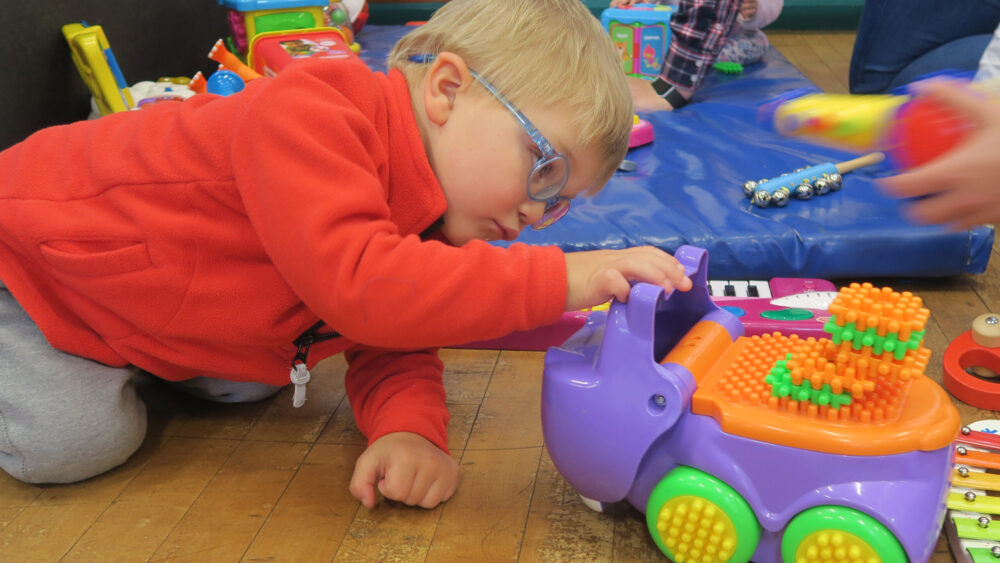World of play – touch

There are so many educational and developmental benefits to be had from playing with tactile toys or engaging in tactile sensory play. Discover the why and the how with our introductory video and information. Find out how to use your Early Years Sensory Discovery Pack, or build your own to support your child as they explore the world of tactile play.
There are so many educational and developmental benefits to be had from playing with tactile toys or engaging in tactile sensory play. Discover the why and the how with our introductory video and information. Find out how to use your Early Years Sensory Discovery Pack, or build your own to support your child as they explore the world of tactile play.
In your Sensory Discovery Pack!
You’ll find two items in your Early Years Sensory Discovery Pack which are perfect for you and your child to start exploring the sense of touch together – the space blanket and the chiffon scarf. Both staples at sensory play sessions and with multi-use when it comes to play! You’ll also find some of the other items in the pack include tactile elements – the bumps on the shaker, the spiky light up ball and the fibre optic strands on the light, all help bring the senses together. After you’ve watched the video above, follow the links below for play ideas to get you started with these items.
Why is tactile play so important for a child with a vision impairment?
Tactile sensory play means exploring through touch. The skin is alive with sensors that are busily providing information about light touch, deep pressure touch, temperature, and pain. Nerves under the skin receive sensory input and send signals to the brain through the central nervous system. As you can imagine, promoting activities which develop learning through touch is very important for a child with a visual impairment.
There are so many educational and development benefits from playing with tactile toys or engaging in tactile sensory play. You will be helping your child to stimulate their senses, build nerve connections, grow their language, find out more about how they discover the world and encourage them to become curious learners.
For a child with a vision impairment, tactile play helps them to correctly regulate the levels of defensiveness/seeking when it comes to the tactile system. By playing, you will start to get to know your child’s sensory preferences and be able to introduce activities that support them.
What is tactile discrimination? We talk about it a lot… Find out more here >
Getting started!
This type of play should start a soon as possible, it is one of the fundamentals of skills development that is transferable into later life. Tactile play at home can be a great opportunity for language development, as you can attach the texture description to a physical sensation. It will help them to cement the importance of textures into their everyday life. As they grow older, subtle changes in textures will be an indicator of many things, such as buttons, braille, labels and clothing.
Tactile discrimination is a key skill that you will want to work on with your child from a very early age. It is the first step with pre-braille skills and helps to develop dexterity. There are lots of toys out there that can help with this and countless activities. Just have fun with it, be mindful not to overwhelm or force the exploration of a certain texture. Let your child lead the play and introduce things slowly and mindfully.
Top tips for sensory play with your VI child:
- Keep things simple – don’t overload your play area with too many items, introduce new textures and toys gradually
- Use high contrast – creating a play area against a dark background can help bright toys stand out
- Take visual breaks – using useful vision can be tiring for your young child, so break up sensory play with non-visual activities such as calming music, stories or singing together

Tactile sensory play ideas
You can get started by filling a tuff tray or inflatable pool. There are so many different tactile input materials you can utilise such as sand, water, shaving foam, slimes, mud pies and play dough. Always remember, that with young children these activities must be supervised to make sure items aren’t going into their mouths that shouldn’t be. You’ll find more about edible play on our ‘taste’ section.

Tactile play – the full body experience!
The tactile system isn’t just restricted to our hands, it is a full body experience. Examples of tactile play for the full body include ball pits, paddling pools, deep pressure massage, body brushing, water beds or jumping into piles of leaves. Getting out into nature, visiting parks, going to soft sensory play centres are all great environments for exploring tactile play activities as well as using different textures at home.

Tactile play as a pre-braille skills activity
Pre-braille skills activities are brilliant to start early with your child – they are the perfect way of supporting their ability to read braille in the future, if that’s the route you and your child decide is the best for them. Skills to keep developing include concepts such as ‘the same and different’, tactile awareness and perception, and fine motor skills such as exploring objects with their hands and using their hands cooperatively. It is important that your child has a good grasp of these skills before beginning braille.

Perfect toys for sparking tactile play
Our Early Years Discovery Pack is a great place to start, if you don’t have one already, you can apply for one by clicking here.
If you don’t have a pack or would like to add to it, our toy directory has lots of ideas and suggestions for toys you can purchase, or textures you can just find around the home.
Find out more about the RNIB Toy Guide, toy lending libraries and finding a sensory room near you.










